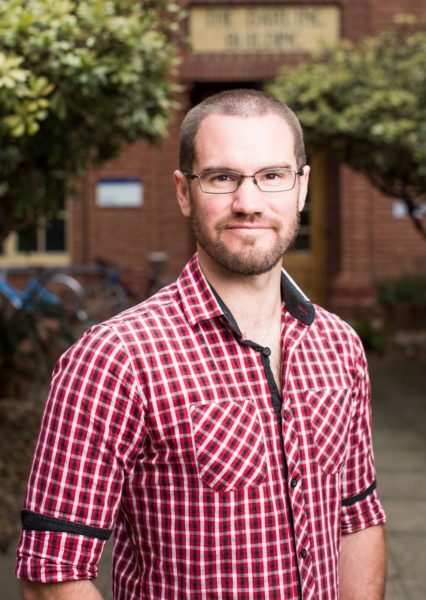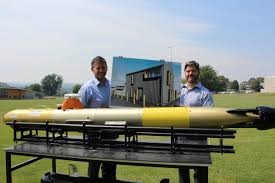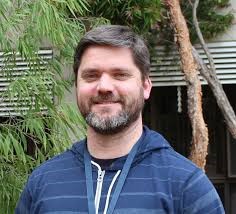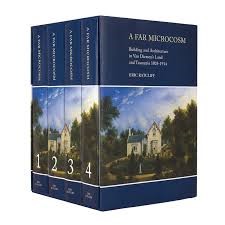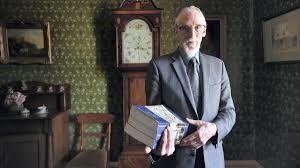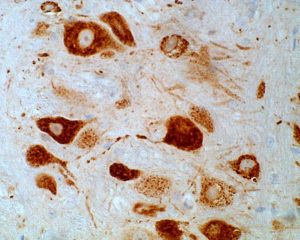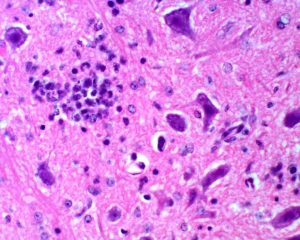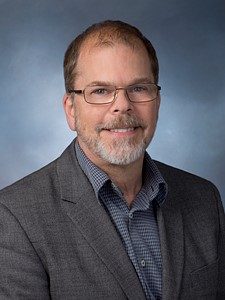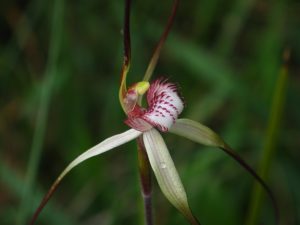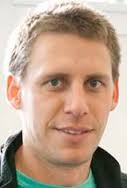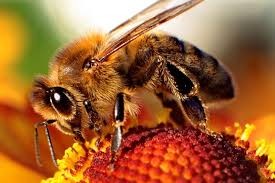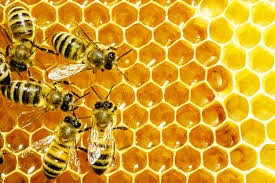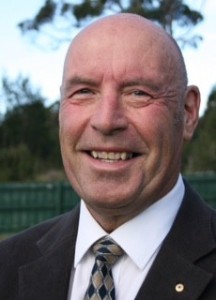Dr George Merridew will present The Geneva Conventions: Protection of Medical Personnel in War Time in the Meeting Room, QVMAG at Inveresk 1.30 pm Sunday 26th March 2017
The Geneva Conventions were conceived after the 1859 Battle of Solferino, in Lombardy. They define the wartime handling (allowable or prohibited) of captured military personnel and of civilians under occupation. The Conventions prohibit gross violations of humane principles, and encourage the medical care of the sick and injured. The facilities and staff of enemy military medical units are protected, pragmatically in the interests of the patients, whether enemy or friendly. Medical staff may use weapons to protect themselves and their patients. How nuanced are the rules? What is combatant immunity?
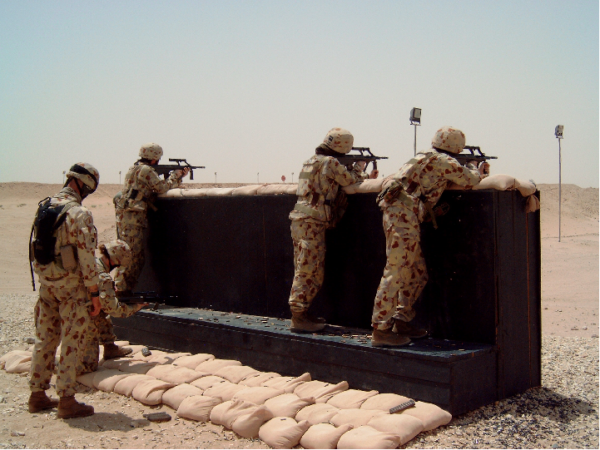
Australian military medical staff at weapons training
Dr George Merridew is an anaesthetist, practising in Launceston since 1986. He grew up in Devonport, Tasmania, graduated in Medicine at UTas 1972, and later trained as a specialist anaesthetist in Adelaide, qualifying in 1983. Dr Merridew has worked in all states of Australia, and on five continents, mostly in civilian practice. He spent four years as a full-time Medical Officer in the Royal Australian Air Force, and thirty years in the RAAF Reserve. He has served as an Australian military anaesthetist in multiple deployments to conflict zones.
Admission: $6 General Public, $4 Friends of the Museum and Students
Free for members of The Royal Society of Tasmania
As these events are popular, RSVP is essential by Thursday 23rd February 2017:
Email bookings@qvmag.tas.gov.au or telephone 6323 3798
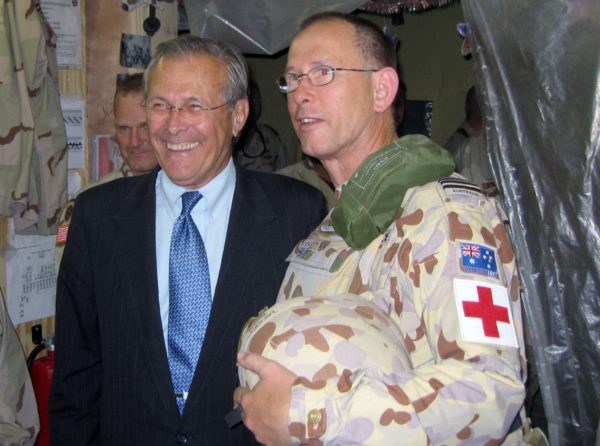
Dr Merridew & Mr Rumsfeld, US Secretary of Defence
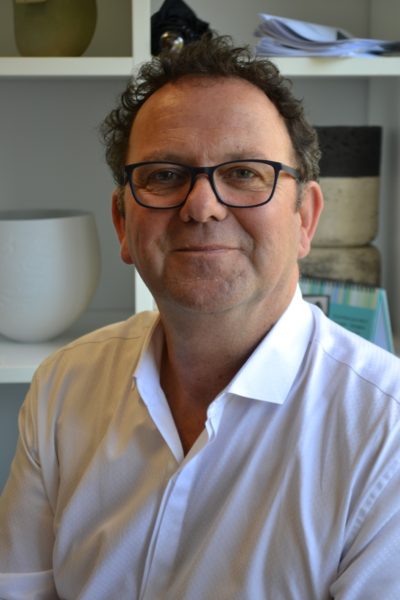
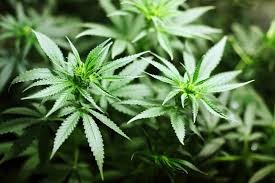
 The Queen Victoria Museum and Art Gallery (QVMAG) celebrated its 125th anniversary on 29 April 2016 with an exhibition in the original museum building, now the art gallery, on Wellington Street. Titled The World Inside, the exhibition featured an eclectic assortment of objects arranged very much in the style of a 19th Century museum, with special reference to the longstanding first Director, Herbert Scott. While it opened in 1891 with significant promise, its origins go back to the formation of the Launceston Mechanics Institute in 1842 and the Royal Society (northern branch) in 1853. It was the urgings of these two societies that gave rise to the Queen Vic and who have contributed to it significantly since. Today it is Australia’s largest regional museum and art gallery.
The Queen Victoria Museum and Art Gallery (QVMAG) celebrated its 125th anniversary on 29 April 2016 with an exhibition in the original museum building, now the art gallery, on Wellington Street. Titled The World Inside, the exhibition featured an eclectic assortment of objects arranged very much in the style of a 19th Century museum, with special reference to the longstanding first Director, Herbert Scott. While it opened in 1891 with significant promise, its origins go back to the formation of the Launceston Mechanics Institute in 1842 and the Royal Society (northern branch) in 1853. It was the urgings of these two societies that gave rise to the Queen Vic and who have contributed to it significantly since. Today it is Australia’s largest regional museum and art gallery.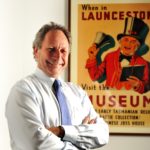 Richard Mulvaney has been the Director of QVMAG for six years. He completed a Bachelor of Arts (Prehistory/History) at ANU in 1980, a Bachelor of Letters (Prehistory) ANU in 1983 and a Graduate Diploma Museum Studies (Monash) in 1984. He has held several positions in museums across Australia, including the Australian War Memorial, the Australian Institute of Aboriginal Studies, Sovereign Hill, the Bradman Museum, the NSW Rail Heritage Centre and Museums and Galleries NSW. He is currently on the Tasmanian Arts Advisory Board, the Port Arthur Historic Site Conservation committee and is Vice-President of Museums Australia the peak industry body based in Canberra.
Richard Mulvaney has been the Director of QVMAG for six years. He completed a Bachelor of Arts (Prehistory/History) at ANU in 1980, a Bachelor of Letters (Prehistory) ANU in 1983 and a Graduate Diploma Museum Studies (Monash) in 1984. He has held several positions in museums across Australia, including the Australian War Memorial, the Australian Institute of Aboriginal Studies, Sovereign Hill, the Bradman Museum, the NSW Rail Heritage Centre and Museums and Galleries NSW. He is currently on the Tasmanian Arts Advisory Board, the Port Arthur Historic Site Conservation committee and is Vice-President of Museums Australia the peak industry body based in Canberra.

